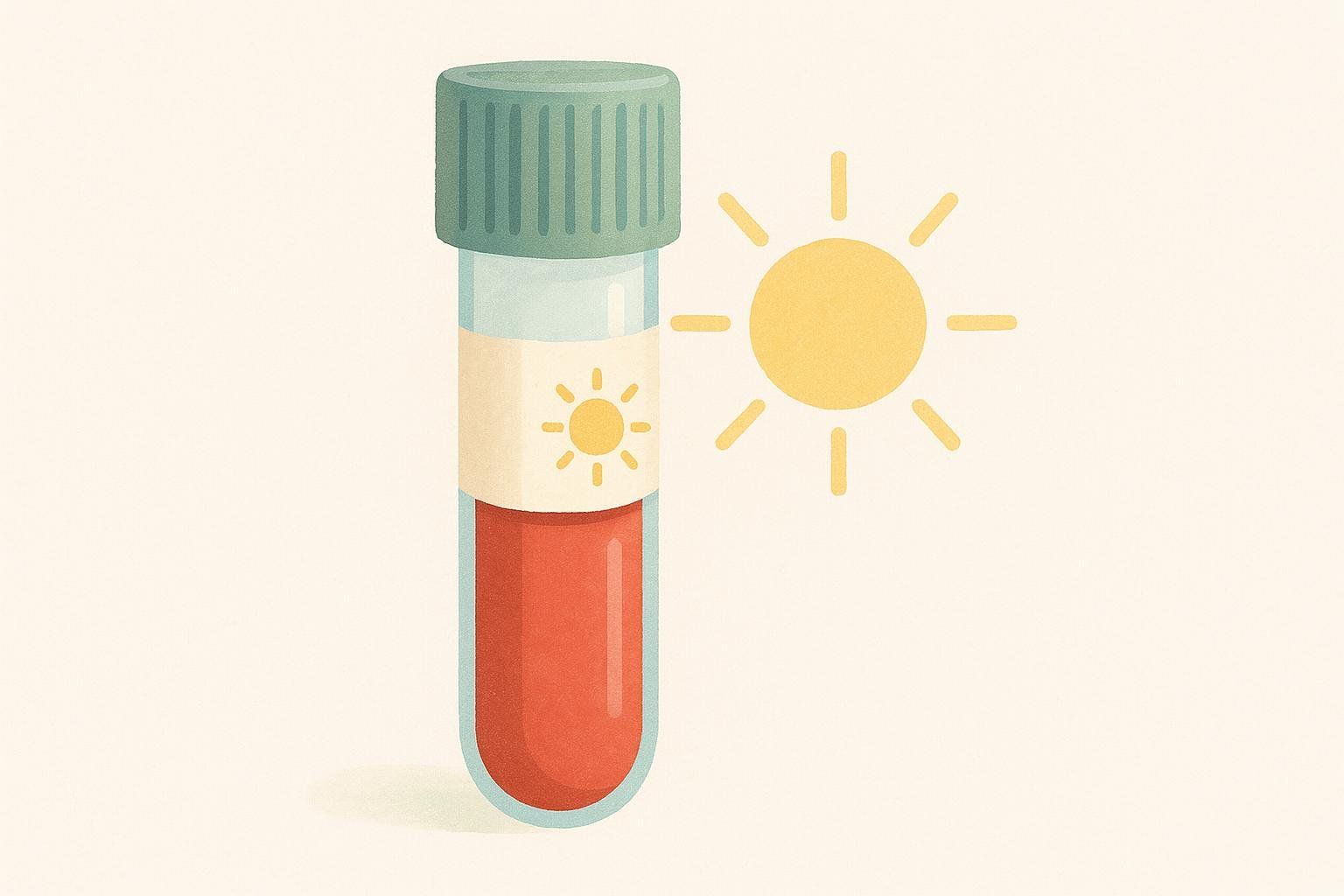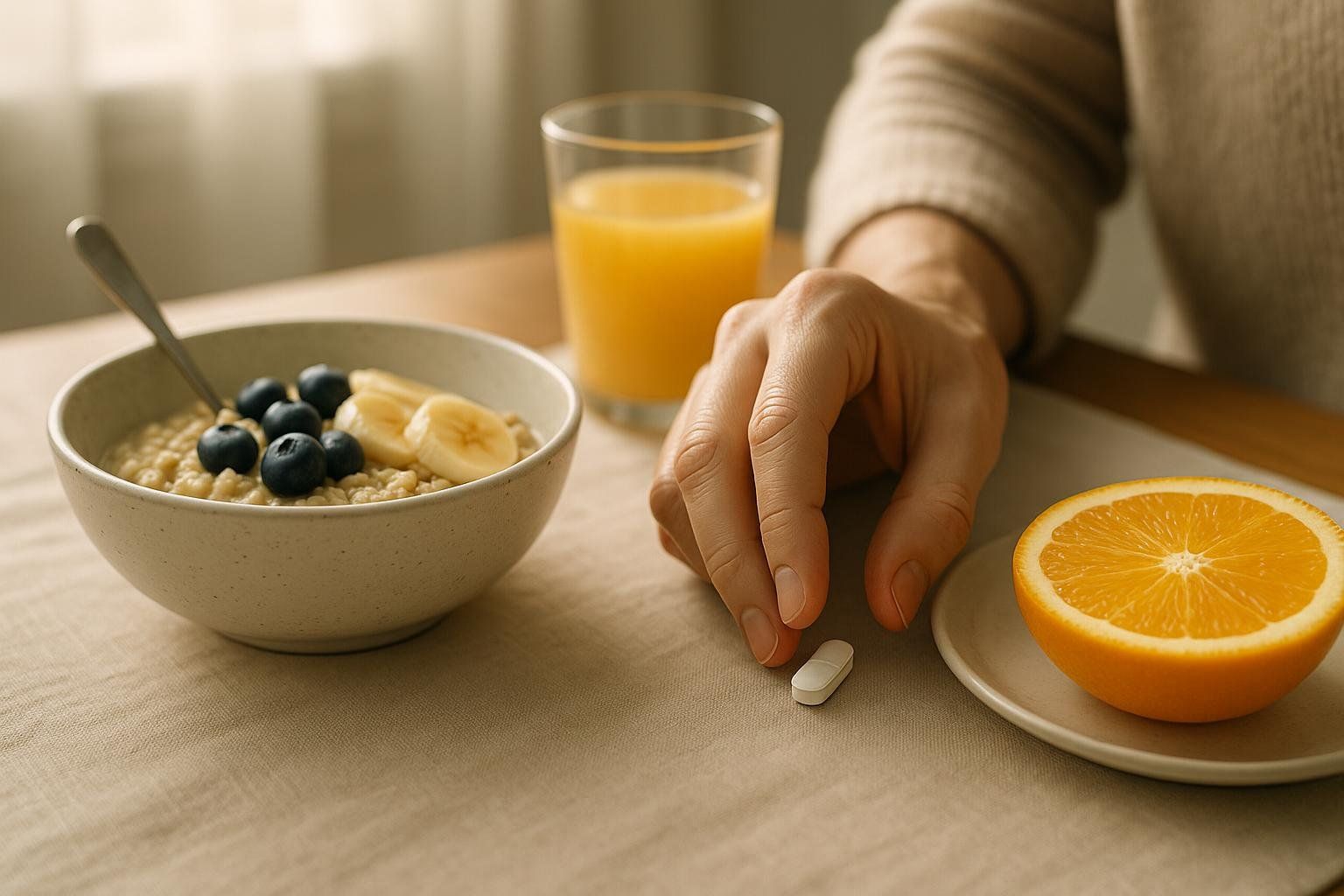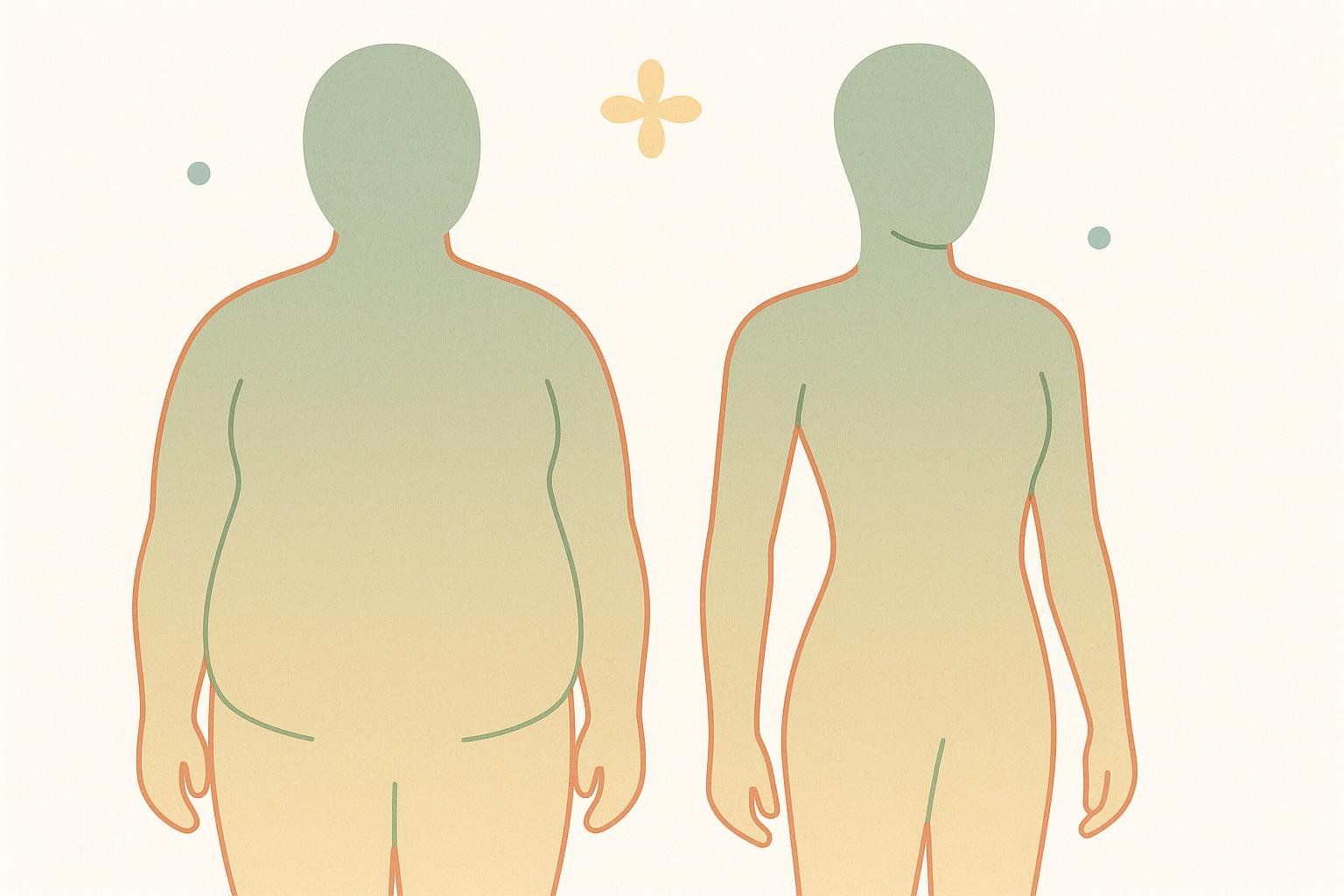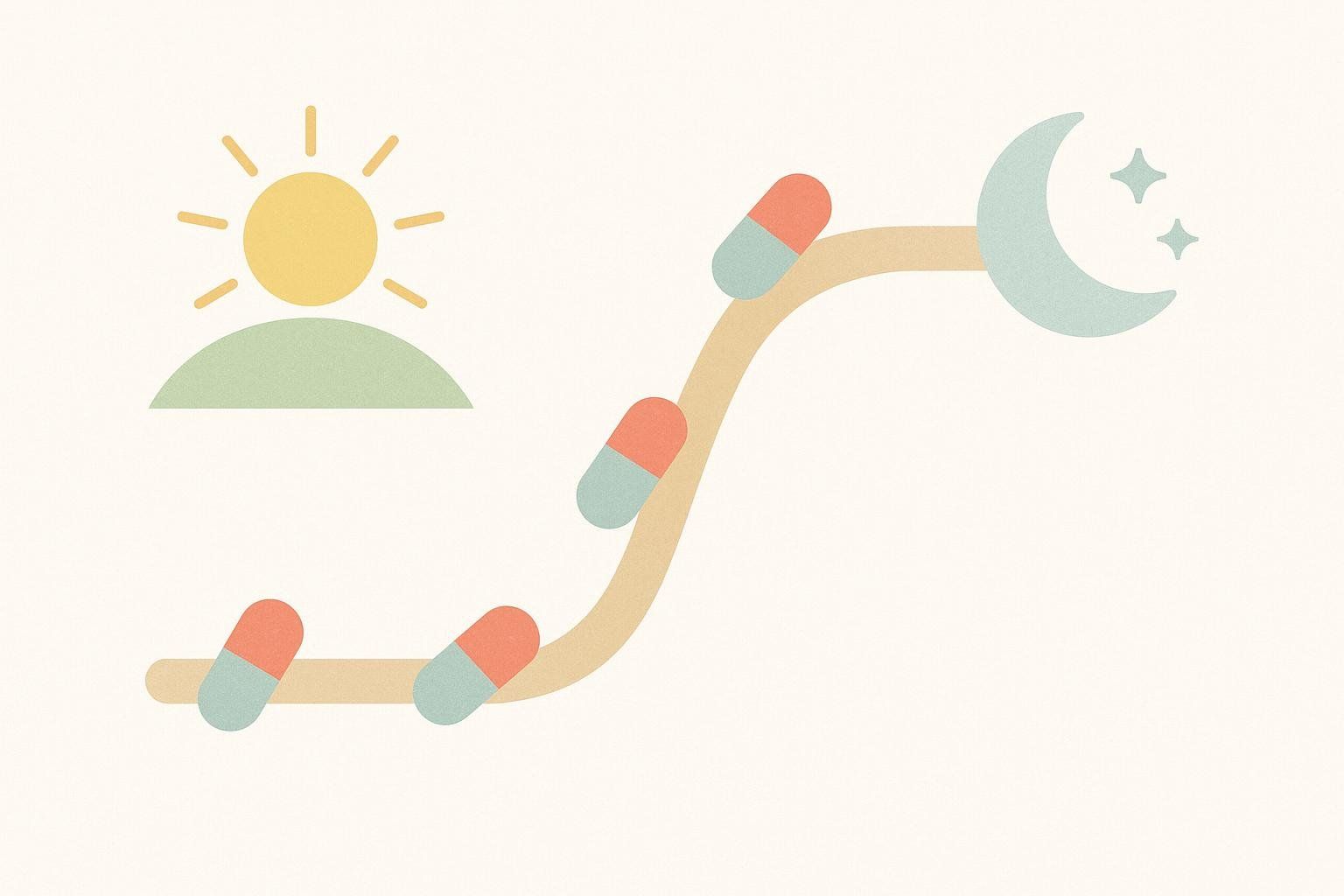Best Time to Take Clomid for Men

Best Time to Take Clomid for Men: Timing, Dosing, and Real-World Tips
Clomid Timing for Men: At a Glance
| Scenario | Best time of day | Why it helps | Key source |
|---|---|---|---|
| Daily dosing (start any day) | Morning, 7–9 a.m. | Aligns dose with natural testosterone peak and simplifies morning lab draws | Texas Fertility Center |
| Every-other-day dosing (start any day) | Same 2-hour morning window | Maintains testosterone boost with fewer side-effect episodes | PubMed Study of 86 men |
| Missed dose | As soon as remembered — unless < 12 h to next dose, then skip | Prevents doubling doses and keeps hormone levels steady | Mayo Clinic |
Clomiphene citrate (brand name Clomid) isn’t solely for female fertility—it’s commonly prescribed off-label to raise testosterone while preserving sperm production. Yet many men still wonder about the best time to take Clomid. Should you take the tablet with your first cup of coffee or save it for bedtime? How many days per week make sense? This guide focuses exclusively on male users, offering practical, evidence-based answers.
How Clomid Works in Men—and Why Timing Matters
Clomid is a selective estrogen receptor modulator (SERM). In men, it blocks estrogen feedback at the hypothalamus, prompting the pituitary gland to release more luteinizing hormone (LH) and follicle-stimulating hormone (FSH). LH signals Leydig cells in the testes to produce testosterone, while FSH supports sperm development.

Because Clomid’s half-life hovers around 5–7 days (PubChem), a single tablet won’t vanish overnight. Still, timing your dose to coincide with your body’s natural testosterone peak—early morning—can streamline blood-test scheduling and may sync better with circadian hormone rhythms.
Morning vs. Evening Dosing
Side effects—visual blurs, mood swings, or headaches—generally appear a few hours after ingestion (GoodRx). For many men, morning dosing wins:
- Circadian alignment: Testosterone peaks soon after waking.
- Lab convenience: Blood draws are usually done before noon; dosing beforehand mirrors real-world levels.
- Memory: Morning routines (coffee, supplements) create consistent habits.

Evening dosing may help if headaches or dizziness interfere with work; just keep the timing consistent day-to-day.
Consistency trumps perfection. Pick a window you can hit within ±1 hour, set a recurring phone alarm, and stick with it.

Evidence-Based Male Dosing Schedules
| Dose plan | When to take | Lab check timeline | Key findings |
|---|---|---|---|
| 25 mg every other day | 8 a.m., Mon/Wed/Fri | Total & free T at 4 weeks | Prospective study of 86 men showed >100 ng/dL average testosterone rise with minimal side effects (PubMed) |
| 25 mg daily | 7–9 a.m. | Re-test T after 2 weeks; adjust as needed | Texas Fertility Center notes symptom relief and preserved sperm production |
| 50 mg daily (max) | Morning | Check T, estradiol, and hematocrit every 6 weeks | Higher doses can raise mood swings and hematocrit (Cleveland Clinic) |
Choosing your plan
Start low (25 mg every other day) unless your clinician specifies otherwise. Jumping to higher or daily doses may accelerate results but also raises estradiol and side-effect risk.
What If You Miss a Dose?
- < 12 hours late: Take it now.
- > 12 hours late or next dose due: Skip the forgotten pill—do not double up (Mayo Clinic).
- Resume the normal schedule; a single lapse rarely tanks testosterone gains.
Side-Effect Timing Hacks
| Symptom | Timing tweak | Extra relief |
|---|---|---|
| Headaches / dizziness | Take pill with breakfast to slow absorption | Stay hydrated; limit big caffeine spikes |
| Mood fluctuations | Shift dose earlier to avoid evening crashes | Track mood; mindfulness apps |
| Visual changes (rare) | Stop pills immediately | Contact your provider right away |

Tracking Progress Beyond Blood Work
Clomid can boost muscle mass and reduce fat by elevating testosterone—but the bathroom scale won’t show the whole picture. A periodic BodySpec DEXA scan offers a granular look at lean-mass gains and visceral-fat changes. Learn how DEXA complements hormonal therapy in Understanding Hormonal Health in Men: Testosterone and Beyond.

Frequently Asked Questions
Can I switch from morning to night mid-regimen?
Yes, but discuss any schedule change with your healthcare provider first. With your doctor’s approval, one practical method is to shift the dose gradually—moving it a few hours earlier or later each day—until you reach the new window without skipping a full 24-hour cycle.

How long before I feel effects?
Most men notice energy and libido improvements within 2–4 weeks, and research shows testosterone levels often rise significantly by the 4-week mark (Da Ros & Carvalho 2022).
Does timing really change testosterone levels?
Research is limited, but aligning with the morning peak likely creates more stable highs throughout the day. Consistency, dose, and total weekly exposure are bigger drivers than the exact minute.
Could evening dosing reduce side effects?
Some men report fewer headaches when dosing at night. Try a 2-week experiment—just inform your provider and keep the timing consistent.
Takeaways
- Target the morning (7–9 a.m.) to sync with testosterone peaks and lab schedules.
- 25 mg every other day is an evidence-backed starting point; escalate only if labs or symptoms warrant.
- Consistency beats clock-watching. Pick a window you can maintain, use reminders, and track labs at regular intervals.
- Pair hormonal data with a DEXA scan to see real body-composition changes over time.
For a deeper dive into potential side effects and mitigation tactics, read Exploring the Side Effects of Clomid for Men.
Educational content only. Not a substitute for professional medical advice.


